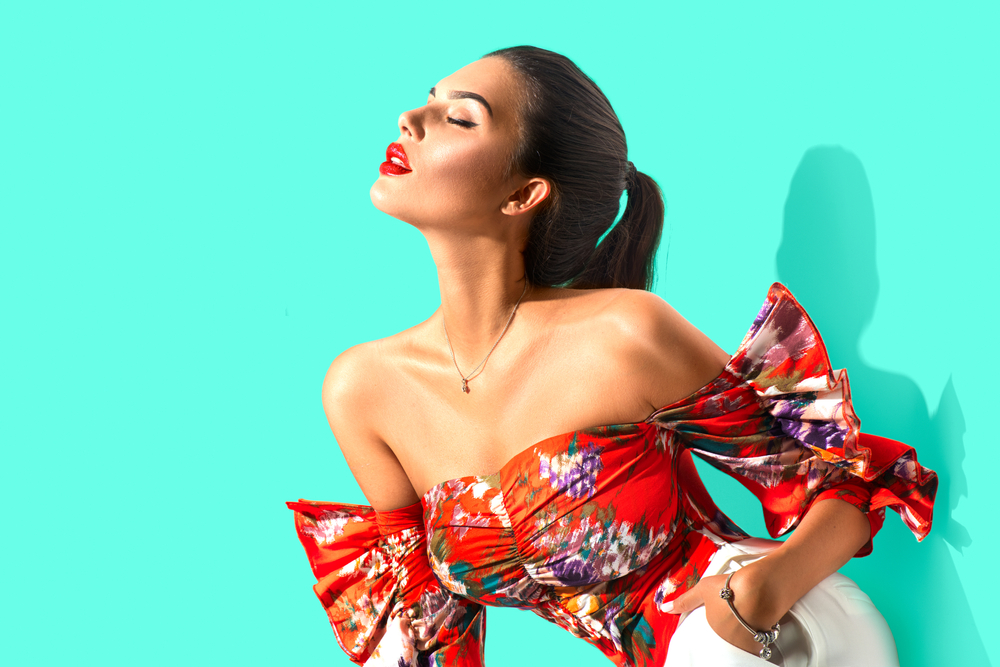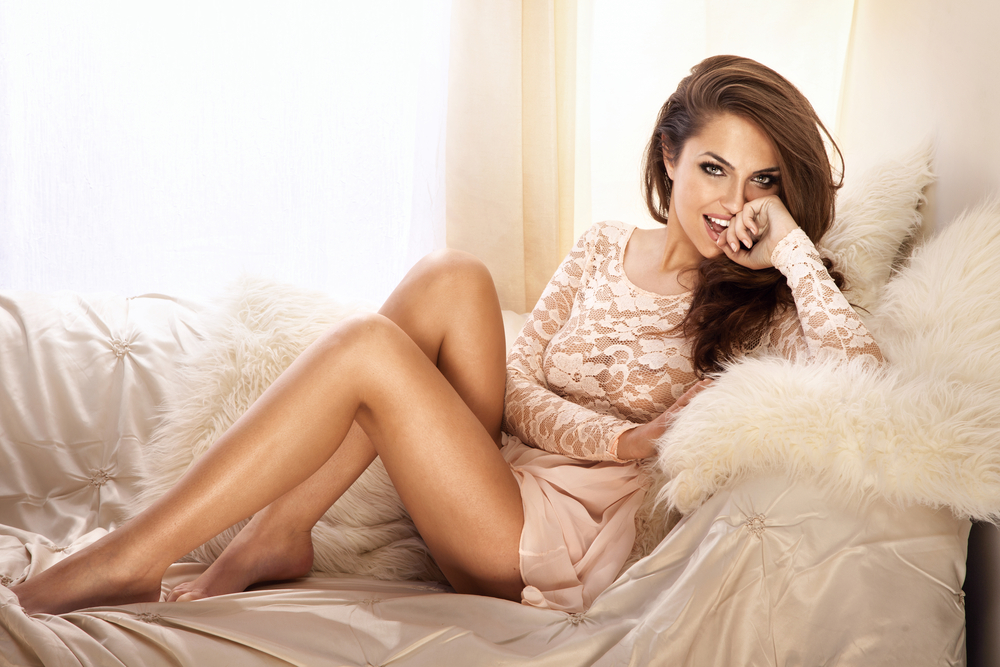
The Art of Modeling: Unveiling the Secrets Behind the Glamorous World
The Art of Modeling: Unveiling the Secrets Behind the Glamorous World
Have you ever found yourself fascinated by the captivating world of modelling ? The flawless faces, striking poses, and the ability to transform into someone else with just a click of a camera; it's undeniably alluring. But behind the glamour and glitz lies a world that is often misunderstood and shrouded in mystery. In this article, we dive deep into the art of modeling , unveiling its secrets and shedding light on what it takes to succeed in this fiercely competitive industry.
Understanding the Modeling Industry
The modeling industry is an intricate web of talent agencies, photographers, designers, and clients looking for fresh faces. Models play a crucial role in bringing life to a brand's vision, be it on the runway, on a billboard, or within the pages of a magazine. They are the human canvases that give shape and form to clothing, accessories, and beauty products.
However, modeling goes far beyond just posing for a camera. It requires a unique combination of beauty, confidence, talent, and professionalism. Models are tasked with embodying a wide range of characters and emotions, adapting to different stylistic visions, and constantly reinventing themselves.
Types of Modeling
Modeling is a diverse field, with various categories catering to different market needs. Here are some of the most popular types of modeling:
1. Fashion Modeling: The runway model, walking with poise and grace, showcasing the latest designer collections. This type of modeling is highly competitive and requires exceptional height, body proportions, and the ability to project a designer's vision.
2. Commercial Modeling: Models in this genre represent everyday people in advertisements for products such as clothing, beauty brands, and household items. This branch of modeling requires a relatable look and the ability to convey emotion naturally.
3. Fitness Modeling: This branch focuses on showcasing a fit and healthy physique, often associated with gym wear, sports, and health-related products. Fitness models must maintain a toned body and exhibit an active lifestyle.
4. Plus-size Modeling: Over the years, the fashion industry has recognized the importance of inclusivity. Plus-size models are breaking barriers and representing individuals who don't fit traditional beauty standards.
5. Glamour Modeling: Known for its association with sensuality and beauty, glamour modeling focuses on lingerie, swimwear, and sultry photoshoots. These models exude confidence and embrace their sexuality.
The Path to Becoming a Model
Becoming a successful model requires dedication, hard work, and persistence. While there is no one-size-fits-all approach, here are some essential steps to kick-start your modeling career:
1. Build Your Portfolio: A portfolio is a collection of your best photographs, showcasing your versatility and range as a model. Aspiring models should invest in professional photoshoots with reputable photographers who can capture their unique attributes.
2. Finding Representation: Aligning with a modeling agency can be a significant step in building a successful career. Agencies have vast networks, industry knowledge, and the ability to connect models with lucrative opportunities.
3. Networking and Industry Events: Attending industry events, fashion shows, and casting calls helps models meet potential clients and make connections. Networking is crucial for securing new projects and getting noticed by key decision-makers in the industry.
4. Constantly Improving: The modeling industry is ever-evolving, and new trends emerge at a rapid pace. Keeping up with industry standards, refining your skills, and staying in top physical shape are vital for staying relevant.
Frequently Asked Questions
1. Q: Do you have to be tall to become a model?
A: While being tall is an advantage for fashion modeling, there are various types of modeling that do not require exceptional height. Commercial and plus-size models, for example, have different height requirements.
2. Q: Is modeling only about physical appearance?
A: While physical appearance is essential, modeling also requires professionalism, adaptability, and the ability to bring a designer's vision to life. It's about embodying a concept and captivating an audience.
3. Q: How do I avoid scams in the modeling industry?
A: Researching and partnering with reputable agencies can help protect aspiring models from scams. Be cautious about any agency that asks for upfront fees or promises instant success without proper evaluation.
4. Q: Can anyone become a model?
A: The modeling industry values diversity and there is a place for everyone. While certain physical attributes may be more sought after in specific types of modeling, there are opportunities for individuals of all shapes, sizes, and backgrounds.
5. Q: What is the lifetime of a modeling career?
A: Modeling careers can vary in length, with some models enjoying a lengthy career while others have shorter success peaks. Factors such as age, market demand, and individual aspirations influence the lifespan of a modeling career.
In conclusion, the world of modeling is far more complex than meets the eye. With its diverse categories, demanding requirements, and intense competition, it requires aspirants to possess not only beauty but also determination, resilience, and adaptability. Yet, for those who possess the right combination of attributes and are willing to put in the work, the art of modeling can unlock a world of opportunities and pave the way to a glamorous and fulfilling career.
Other useful resources
- https://www.planetmodelphoto.com/models/modeling/usa/wilmington/nc-north-carolina
- https://en.wikipedia.org/wiki/Category:Modeling_agencies
- https://www.planetmodelphoto.com

- https://en.wikipedia.org/wiki/Category:Models_by_modeling_agency